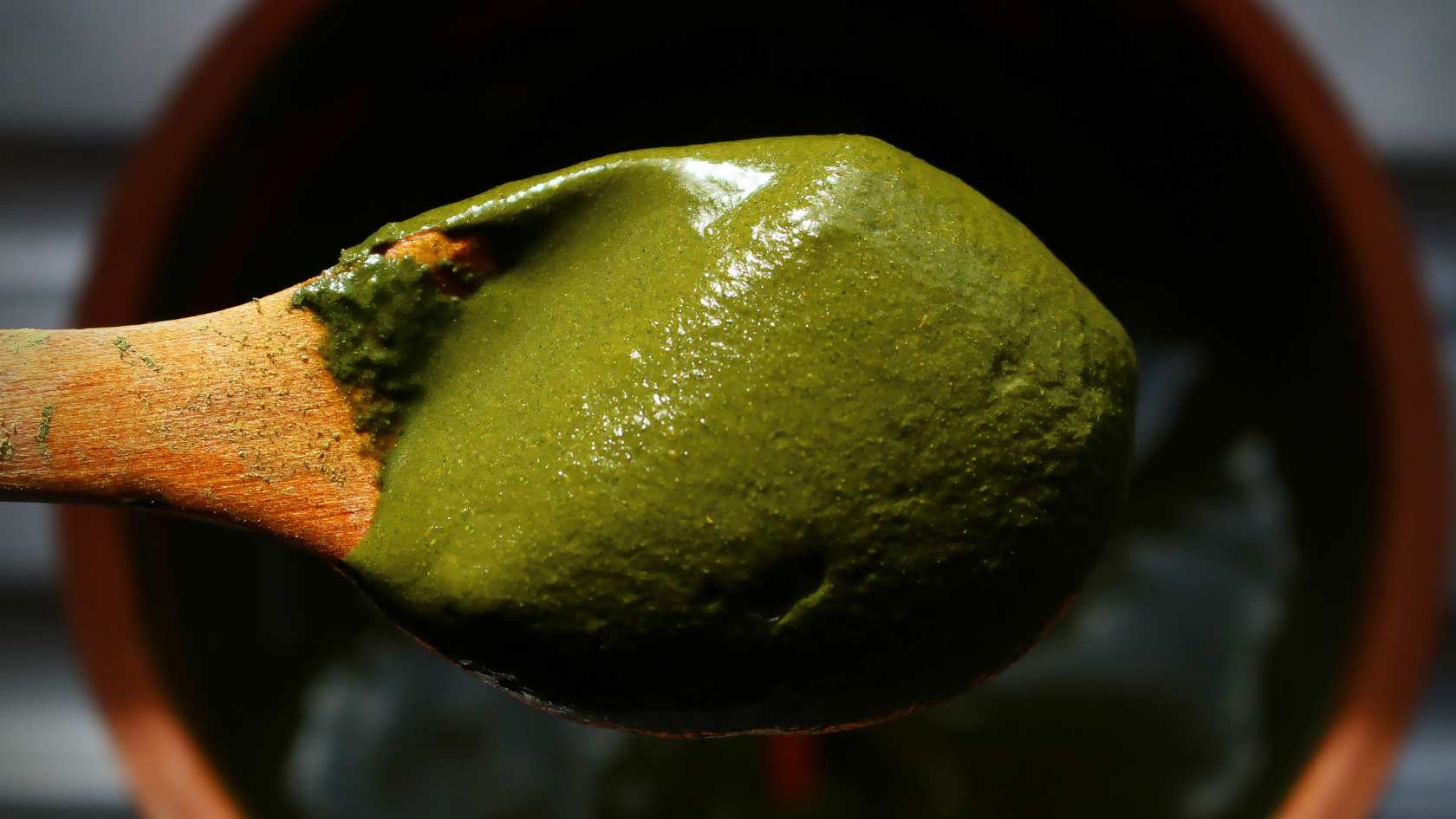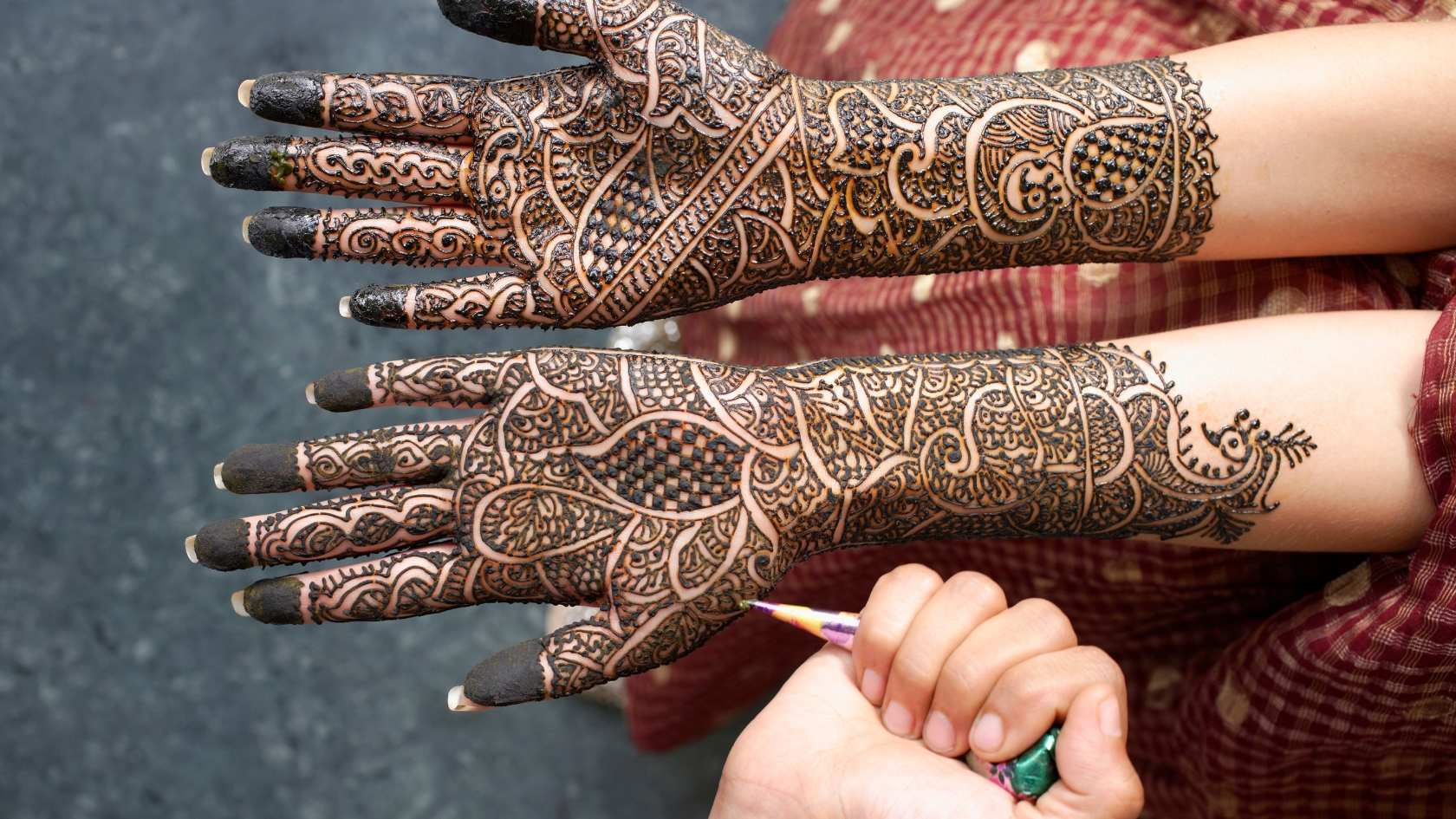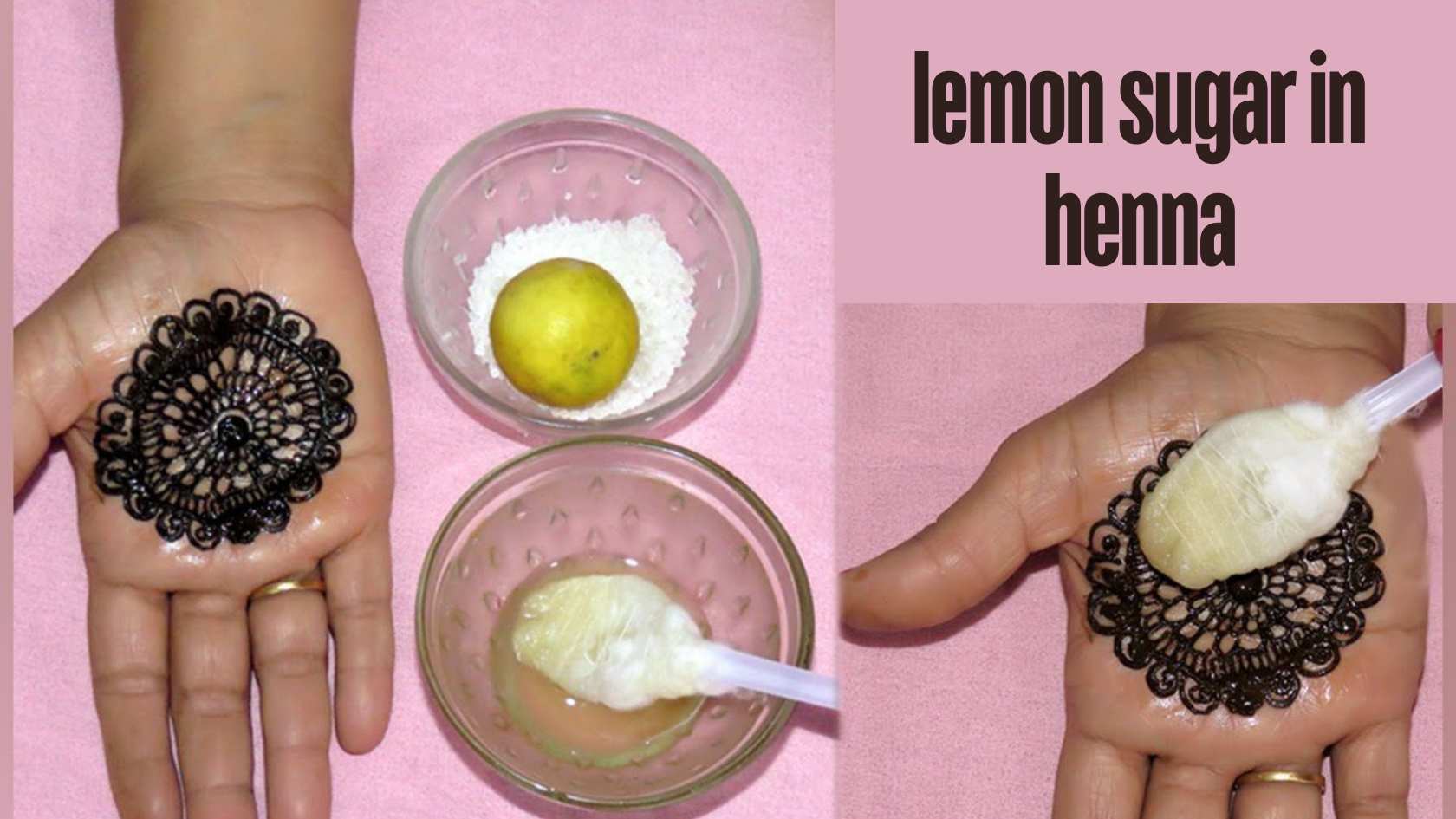Introduction:
Henna has been a beautiful form of body art for centuries, adorning the skin with its rich, red-brown hues. From weddings to festivals, the tradition of applying henna is celebrated across various cultures worldwide. However, the most common query that follows after getting a henna design is, “How do I make it last longer?” Fortunately, with the correct care and maintenance, you can make your henna stain deepen and last for weeks. Whether you’re a first-timer or a seasoned henna enthusiast, these tips will ensure your henna designs remain as vibrant and stunning as the day they were applied. So, let’s dive into how you can maximize the longevity of your henna stains with some expert care tips.
Pre-Application Preparation
Cleanse and exfoliate the skin
To maximize the longevity of your henna stain, starting with a clean canvas is crucial. Before applying henna, thoroughly cleanse the area where you want the design to ensure it’s free of dirt, oils, and makeup. Exfoliating is another key step, as it removes dead skin cells, providing a smoother surface for the henna paste. Use a gentle exfoliator; a mix of sugar and lemon juice can work well for sensitive skin. Remember, the cleaner and smoother the skin, the better the henna paste can adhere and the longer your design will last.
Avoid using lotions or oils
Post-cleansing, you might be tempted to moisturize, but hold off on any lotions or oils. These products form a barrier on the skin, which can prevent the henna dye from fully penetrating. If you need some form of moisturizer, wait until after the henna has been applied and removed. Keeping the skin free of any barriers before application ensures that the henna paste has direct contact with the skin, resulting in a much darker and more durable stain.
Application Techniques for Long-Lasting Stains
Allow henna paste to dry completely
Patience is key when applying henna. Once the design is on your skin, give it ample time to dry naturally. Avoid using any artificial heating tools as they can cause the henna to crack and crumble off prematurely. It typically takes about 30 minutes to an hour for the henna paste to dry fully, but thicker layers might require a bit more time. The longer you let the paste sit on your skin before it dries, the darker the stain will be, leading to a longer-lasting design.
Wrap the design in tissue paper
After the henna has dried completely, gently wrap the area with tissue paper to protect the design. Secure the tissue with medical tape, ensuring not to smudge the henna. This step is particularly useful if you intend to leave the paste on overnight, as it prevents the dried henna from flaking off and staining your bed sheets. Moreover, wrapping helps in generating gentle heat around the henna, which can enhance the stain’s intensity. Just ensure that the wrap is secure but not too tight as to disrupt the design or impede blood circulation. This method helps in prolonging the richness of the henna stain while protecting the intricate details of your design
Aftercare Tips for Vibrant Henna Stains
Avoid water for the first 24 hours
The first 24 hours after applying your henna are crucial for determining the stain’s color intensity and longevity. During this time, avoid washing the area with water. Water can cause the henna paste to run and fade before it has the chance to fully set into your skin. This means skipping showers or using a protective cover, such as a waterproof bandage, when necessary. It might be a bit of a hassle, but keeping your henna dry initially will greatly enhance the vividness and durability of your design.
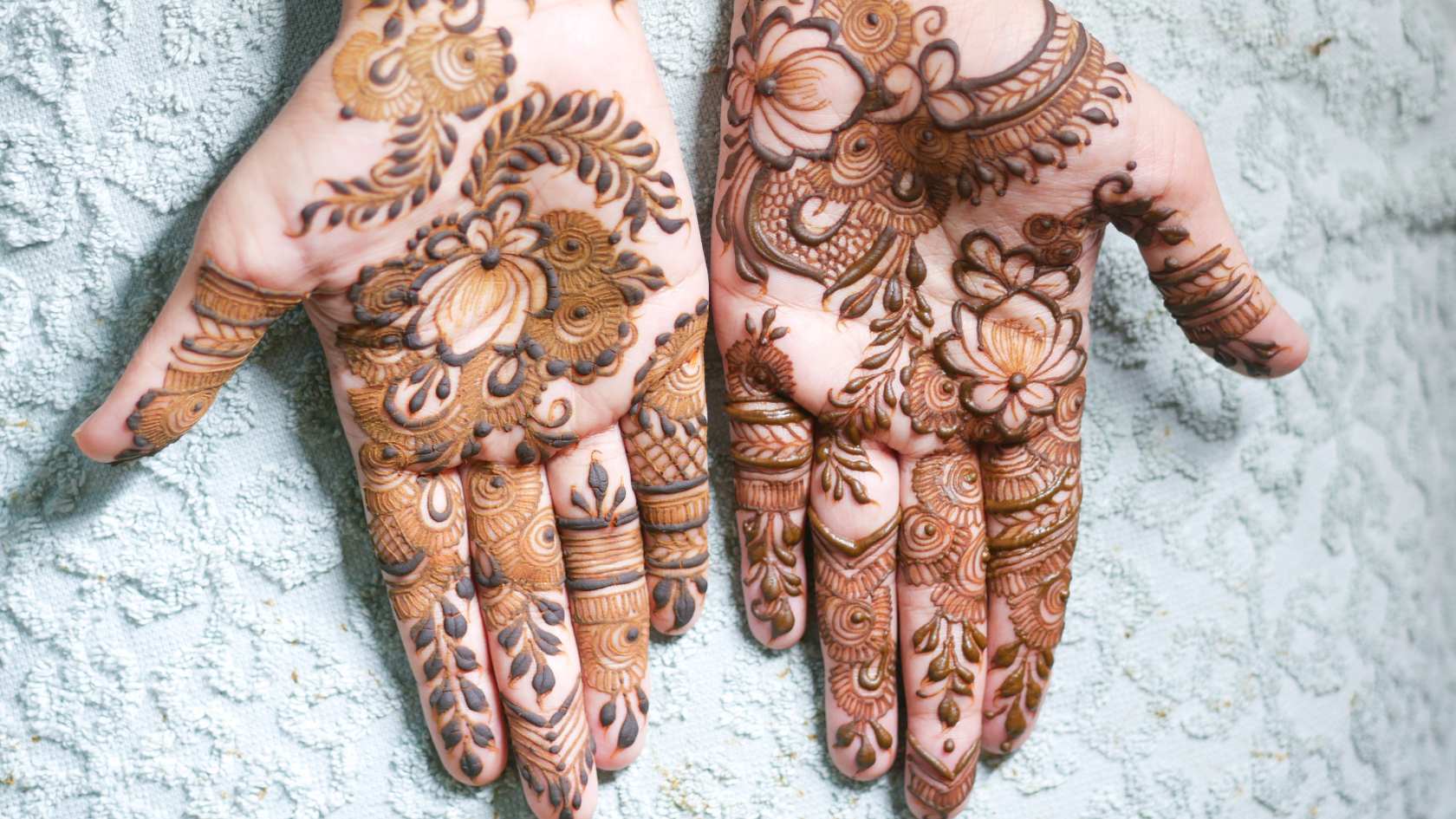 Apply a lemon-sugar sealant
Apply a lemon-sugar sealant
Once your henna has dried to the touch but is still on your skin, applying a lemon-sugar sealant can work wonders. Mix equal parts lemon juice and sugar until the sugar dissolves, creating a sticky mixture. Dab this gently onto the henna design using a cotton ball or a small brush. This sealant helps in keeping the henna moist for longer and intensifies the stain as it sets. The lemon also has acidic properties that can help to further unlock the dye’s potential, while the sugar keeps the paste adhered to your skin, allowing for maximum dye release.
Moisturize regularly with natural oils
To keep the henna stain looking fresh and vibrant, regular moisturization is key. After the initial 24 hours, when your henna is fully set, start applying natural oils like coconut oil, olive oil, or argan oil. These oils not only nourish the skin but also create a protective layer over the henna, slowing the fading process. Apply a light coating of oil twice a day — this not only boosts the stain’s longevity but also gives your skin a healthy glow.
Long-Term Maintenance Strategies
Protect hands while doing chores
To extend the life of your henna stain, wear gloves while doing chores, especially those involving water, cleaning agents, or gardening. Repeated exposure to harsh conditions can prematurely fade your henna. Simple precautions like using rubber gloves when washing dishes or handling harsh cleaners can preserve the integrity of your henna design for a longer time.
Avoid using harsh chemicals
Lastly, be mindful of the products you use on or around your henna-designated areas. Harsh chemicals found in bleaches, strong soaps, sanitizers, and even chlorine in pools can significantly reduce the life of your henna stain. Opt for gentle, natural skin care products and try to keep the hennaed area as chemical-free as possible. Additionally, when swimming, covering your design with a waterproof bandage can offer a protective barrier, keeping your artistic expression as vivid as the day it was applied.
By following these strategies, you can enjoy your beautiful henna designs for a longer period, keeping the colors vibrant and the patterns distinct.
Regular Touch-Ups to Refresh the Design
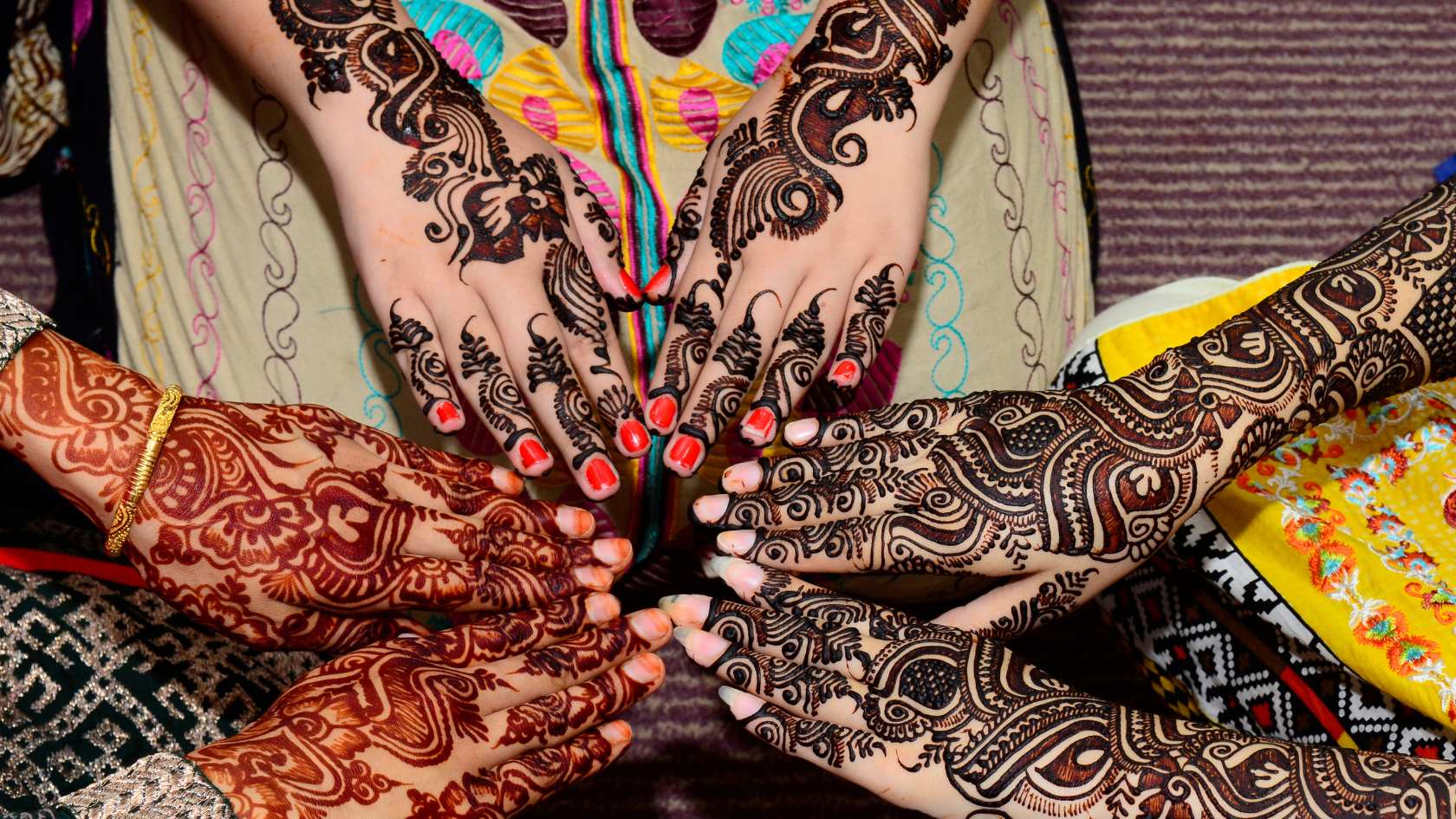
Maintaining the vibrancy of your henna design over time can sometimes require a little extra attention. Regular touch-ups are a great way to keep your henna looking fresh and vivid.
When to Consider a Touch-Up
Typically, a henna stain will begin to fade naturally after about one to two weeks, depending on your skin type and how well you’ve cared for it. As soon as you notice the color starting to fade or the edges of the design blurring, it might be time for a touch-up. Ideally, this is when the design is still visible but just needs a little boost to bring back its original depth and detail.
How to Perform a Touch-Up
Clean the skin: Before applying fresh henna, gently cleanse the area with a mild soap and water to remove any oils or impurities that may have accumulated.
Mix a small amount of henna paste: Prepare a smaller batch of henna paste following the same recipe you used initially. This ensures color consistency in your touch-ups.
Apply over the existing design: Using a fine applicator cone or brush, carefully go over your existing design. Focus particularly on the areas that have faded the most.
Allow it to set: Just like with your initial application, leave the henna paste on for a few hours (or as recommended in your original recipe) before gently washing it off.
By regularly touching up your henna, you can significantly extend the life of your design and enjoy its beauty for longer periods. Just remember to be gentle with your skin and to follow the care tips consistently for the best possible results.
Conclusion
As you embark on your journey with beautiful henna designs, remembering these care tips will help ensure that your stain remains vibrant and lasts as long as possible. From keeping the area moisturized to protecting it from water, each step is crucial in maintaining the longevity of your henna stain. Embrace these practices, and you’ll find that your henna not only looks great but also becomes a lasting piece of art you can enjoy for days to come. Whether it’s for a special occasion or just a personal expression, your well-maintained henna design will surely be a conversation starter.
Click here to buy Rajasthani henna powder: click here
Click here to buy Tea Tree Oil: click here
Click here to buy Lavender Oil: click here
Click here to buy Clove Oil: click here

